Does Agapanthus Need Winter Protection: What Is The Cold Hardiness Of Agapanthus
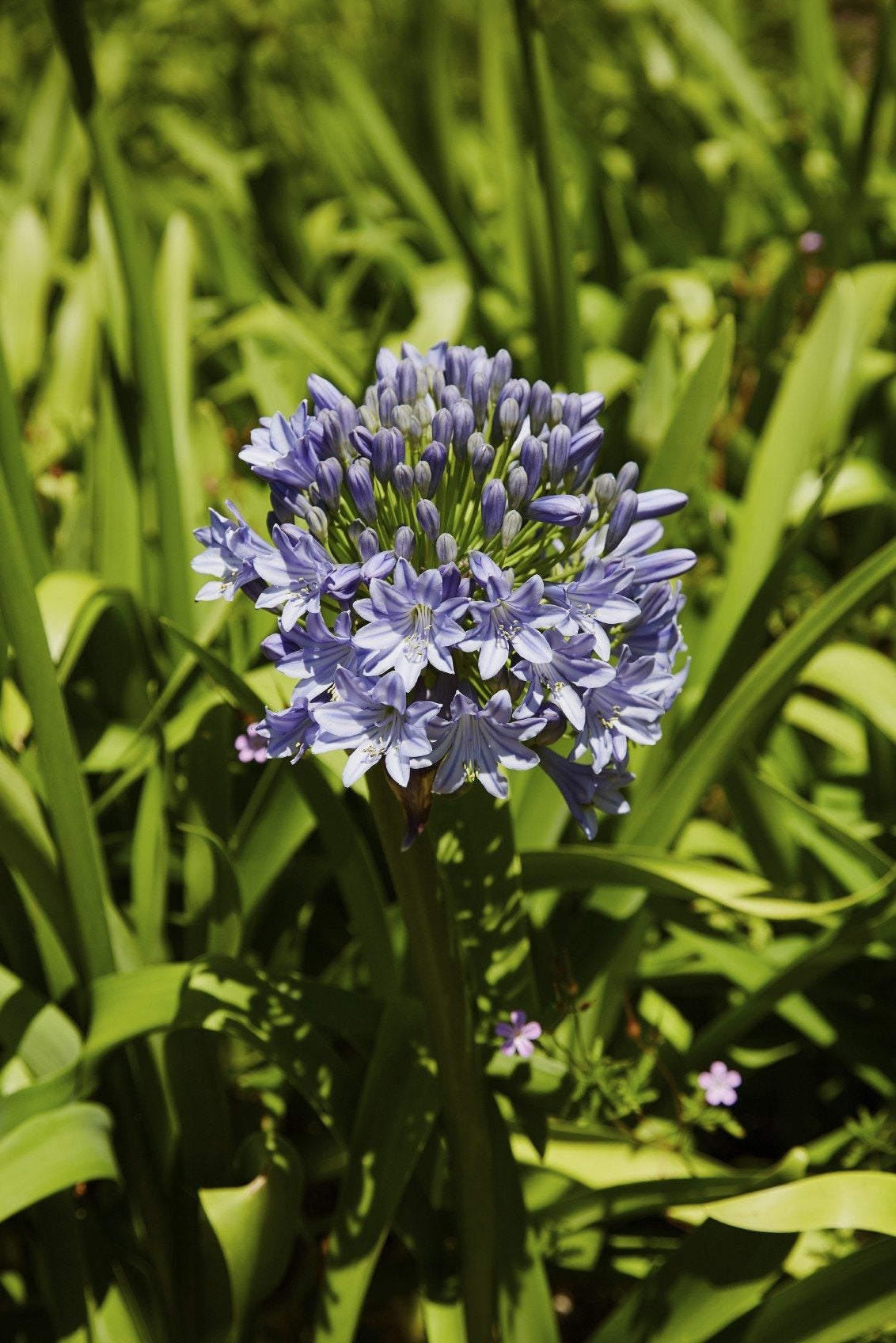

There is some discrepancy in the cold hardiness of Agapanthus. While most gardeners agree the plants cannot withstand sustained frozen temperatures, northern gardeners are often surprised to find their Lily of the Nile has come back in spring in spite of a round of freezing temperatures. Is this an anomaly only rarely to occur, or is Agapanthus winter hardy? A U.K. gardening magazine undertook a trial in southern and northern climates to determine the cold hardiness of Agapanthus and the results were surprising.
Is Agapanthus Winter Hardy?
There are two main types of Agapanthuses: deciduous and evergreen. Deciduous species appear to be hardier than evergreen, but both can survive surprisingly well in cooler climates in spite of their origin as South African natives. Agapanthus lily cold tolerance is listed as being hardy in USDA zone 8 but some can withstand cooler regions with a little preparation and protection.
Agapanthus is moderately frost tolerant. By moderate, I mean they can withstand light, short frosts that do not sustainably freeze the ground hard. The top of the plant will die back in a light frost, but the thick, fleshy roots will retain vitality and re-sprout in spring.
There are some hybrids, notably the Headbourne hybrids, which are hardy to USDA zone 6. That being said, they will need special care to withstand the winter, or the roots may die in the cold. The rest of the species are only hardy to USDA 8 to 11, and even those grown in the lower category will need some assistance to re-sprout.
Does Agapanthus need winter protection? In the lower zones, it may be necessary to offer fortification to shield the tender roots.
Agapanthus Care Over Winter in Zones 8
Zone 8 is the coolest region recommended for the majority of Agapanthus species. Once the greenery dies back, cut the plant to a couple of inches (5 cm.) from the ground. Surround the root zone and even crown of the plant with at least 3 inches (8 cm.) of mulch. The key here is to remember to remove the mulch in early spring, so the new growth doesn't have to struggle.
Some gardeners actually plant their Lily of the Nile in containers and move the pots to a sheltered location where freezing won't be a problem, such as a garage. Agapanthus lily cold tolerance in the Headbourne hybrids may be much higher, but you should still put a blanket of mulch over the root zone to protect them from extreme cold.
Gardening tips, videos, info and more delivered right to your inbox!
Sign up for the Gardening Know How newsletter today and receive a free copy of our e-book "How to Grow Delicious Tomatoes".
Choosing Agapanthus varieties with higher cold tolerance will make it easier for those in cooler climes to enjoy these plants. According to the U.K. magazine that performed the cold hardiness trial, four varieties of Agapanthus came through with flying colors.
- Northern Star is a cultivar that is deciduous and has classic deep blue flowers.
- Midnight Cascade is also deciduous and deeply purple.
- Peter Pan is a compact evergreen species.
- The previously mentioned Headbourne hybrids are deciduous and performed the best in the northernmost regions of the test. Blue Yonder and Cold Hardy White are both deciduous but purportedly hardy to USDA zone 5.
Of course, you might be taking a chance if the plant is in soil that doesn't drain well or a funny little microclimate in your garden that gets even colder. It is always wise to simply apply some organic mulch and add that extra layer of protection so you can enjoy these statuesque beauties year after year.

Bonnie Grant is a professional landscaper with a Certification in Urban Gardening. She has been gardening and writing for 15 years. A former professional chef, she has a passion for edible landscaping.
-
 Zinnias On Repeat: 10 Glorious Cut-And-Come-Again Varieties For Endless Summer Bouquets
Zinnias On Repeat: 10 Glorious Cut-And-Come-Again Varieties For Endless Summer BouquetsThese zinnia varieties keep giving all summer, making them the perfect choice for dedicated cutting gardens – or just the occasional homegrown bouquet.
By Ellen Wells
-
 Create A Romantic Garden Straight Out Of Bridgerton: Regency Era Romance In Your Garden
Create A Romantic Garden Straight Out Of Bridgerton: Regency Era Romance In Your GardenTry some romantic garden ideas straight out of Bridgerton. Flowers and gardens in the Regency era were lush and charming and you can get the same look!
By Bonnie L. Grant
-
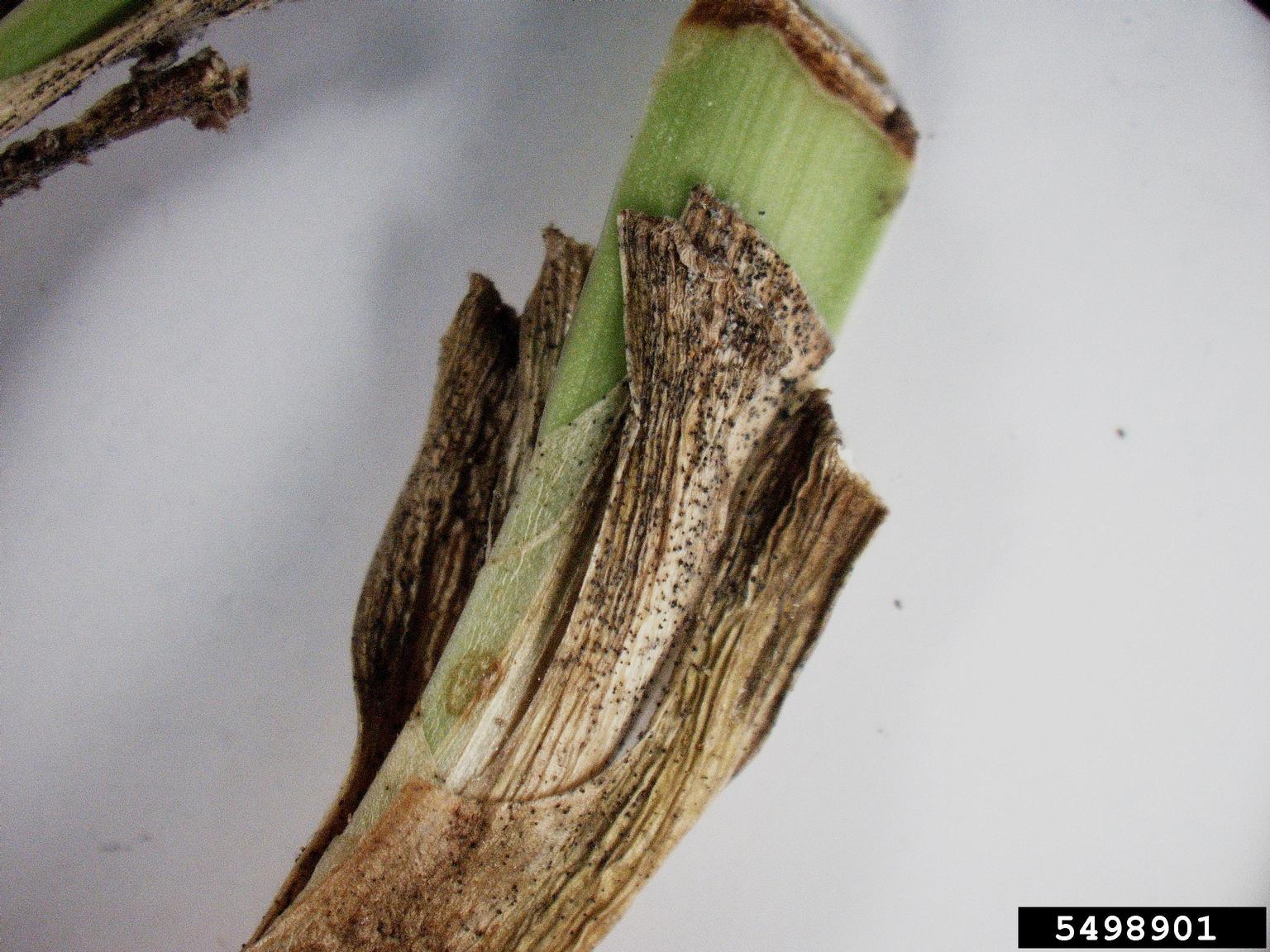 Agapanthus Problems: Tips For Treating Diseases Of Agapanthus Plants
Agapanthus Problems: Tips For Treating Diseases Of Agapanthus PlantsAgapanthus is an attractive flowering perennial native to southern Africa. The plant is easy to care for and often disease free, but some agapanthus problems can be devastating. To learn more about agapanthus diseases and treatment, chick here.
By Liz Baessler
-
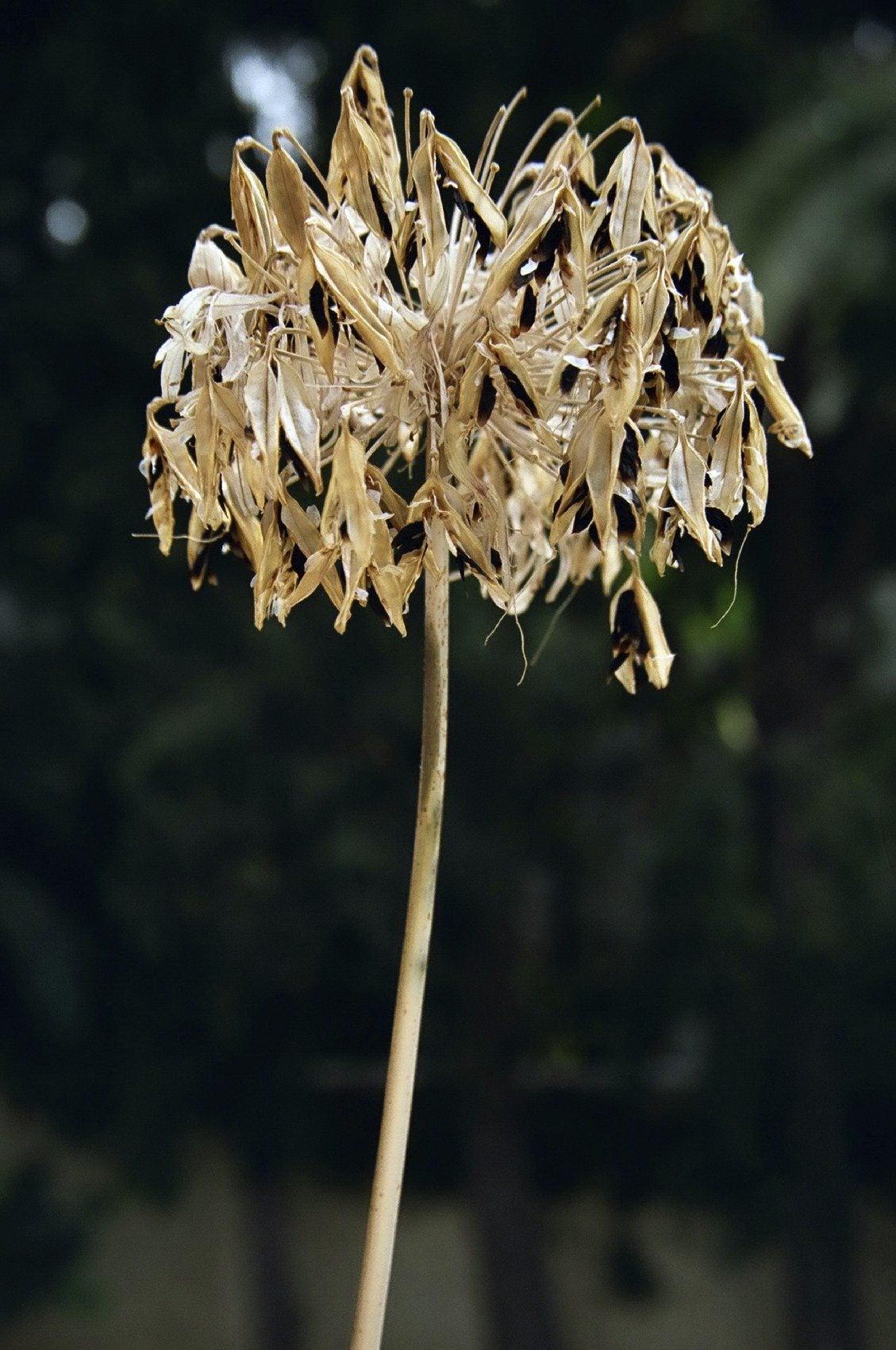 Agapanthus Pruning: Tips On Cutting Back Agapanthus
Agapanthus Pruning: Tips On Cutting Back AgapanthusTrimming agapanthus plants is an easy task that keeps this perennial bloomer from becoming shaggy and overgrown. Learn more about when and how to prune agapanthus plants in the article that follows. Click here.
By Mary H. Dyer
-
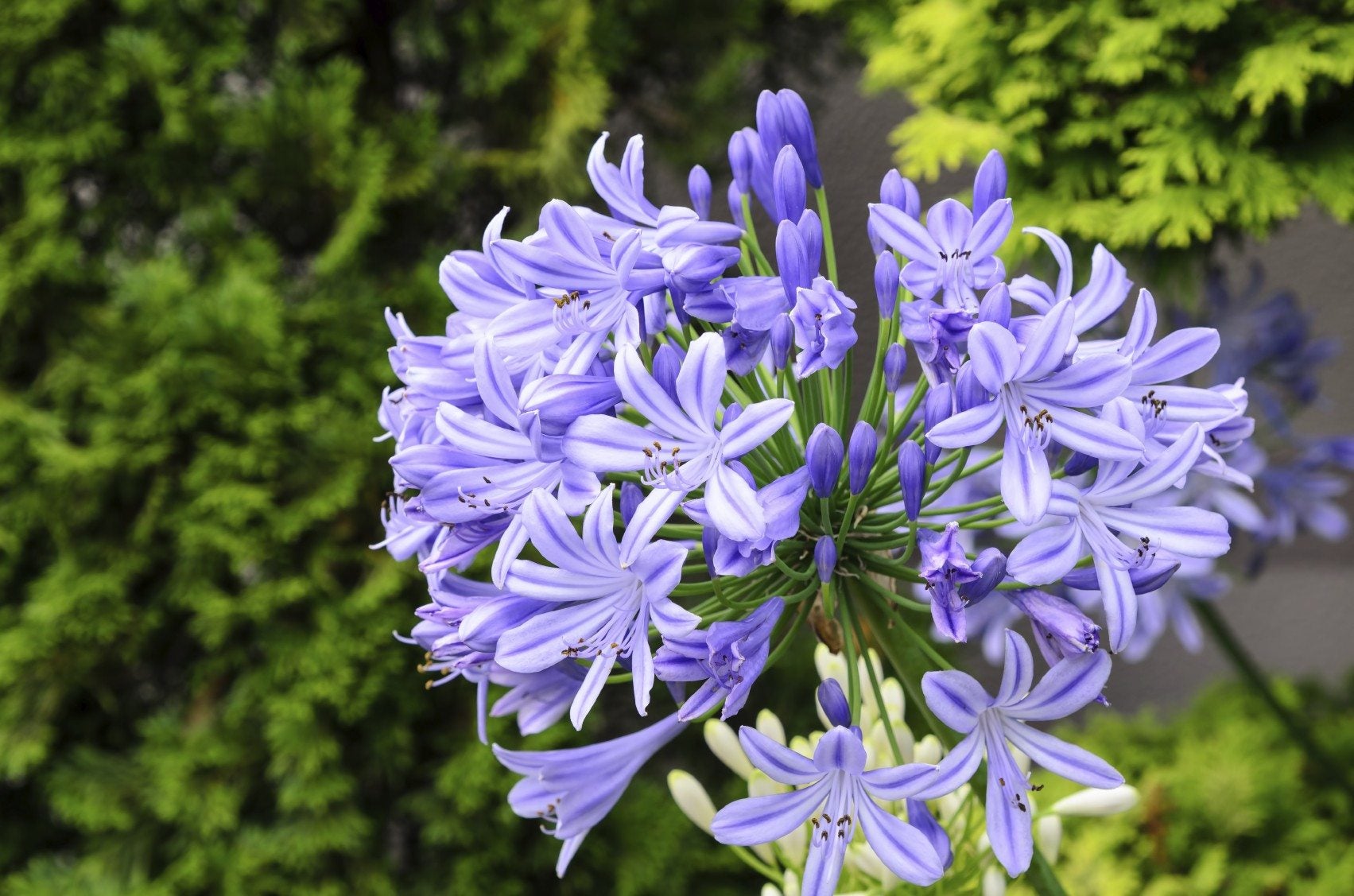 When To Fertilize Agapanthus – Tips On Fertilizing Agapanthus Plants
When To Fertilize Agapanthus – Tips On Fertilizing Agapanthus PlantsAgapanthus is a heavy feeder and does best with organic compost worked into the soil at planting and fertilizer during its growing period. Knowing when to fertilize agapanthus and what formulas to use will ensure big, bountiful blooms and healthy plants. Learn more here.
By Bonnie L. Grant
-
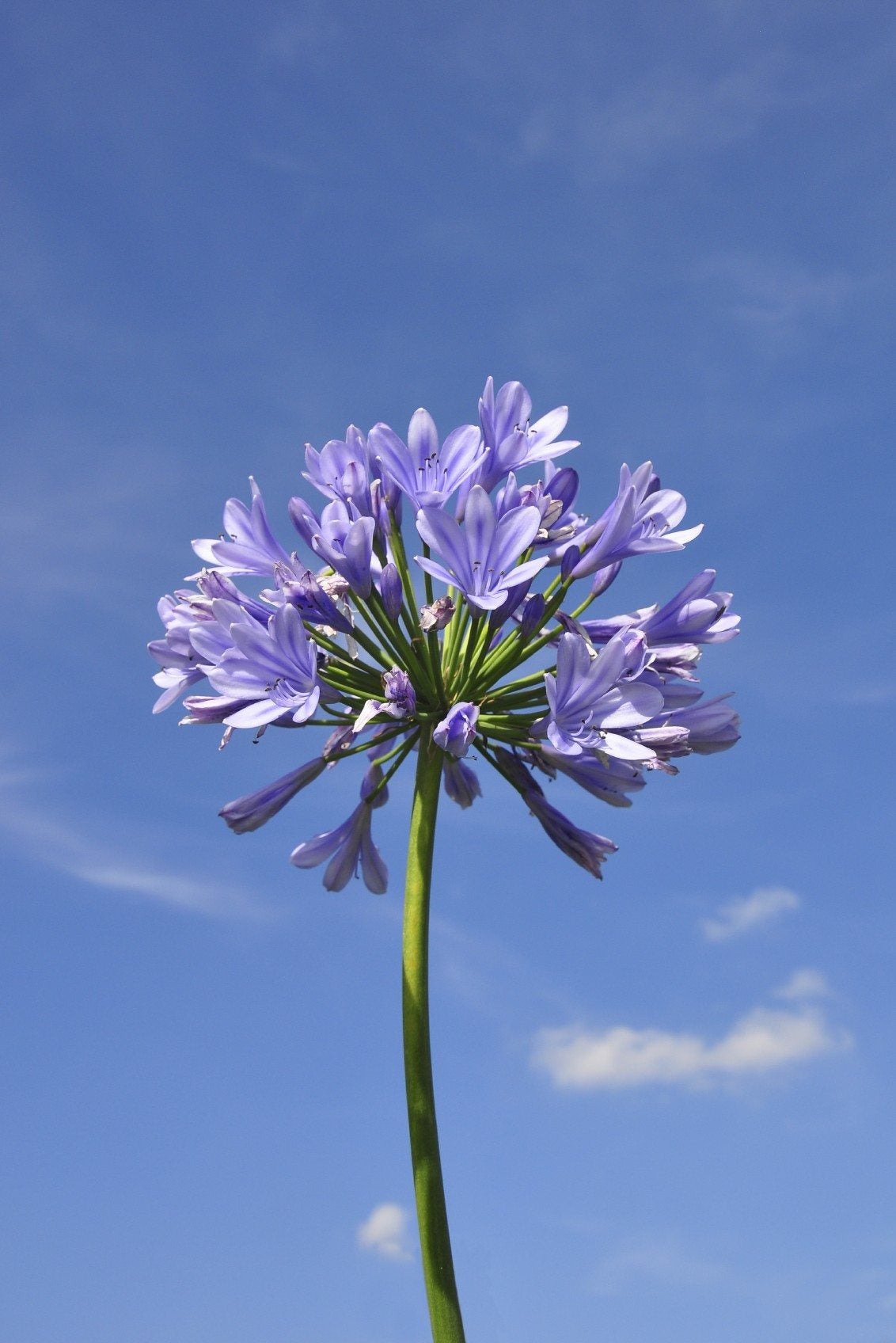 Agapanthus Flowering: Bloom Time For Agapanthus Plants
Agapanthus Flowering: Bloom Time For Agapanthus PlantsAgapanthus plants produce exotic-looking, lily-like blooms that take center stage in the garden. When is agapanthus bloom time and how often does agapanthus bloom? Click this article to find out so you can enjoy their flowers in your garden.
By Mary H. Dyer
-
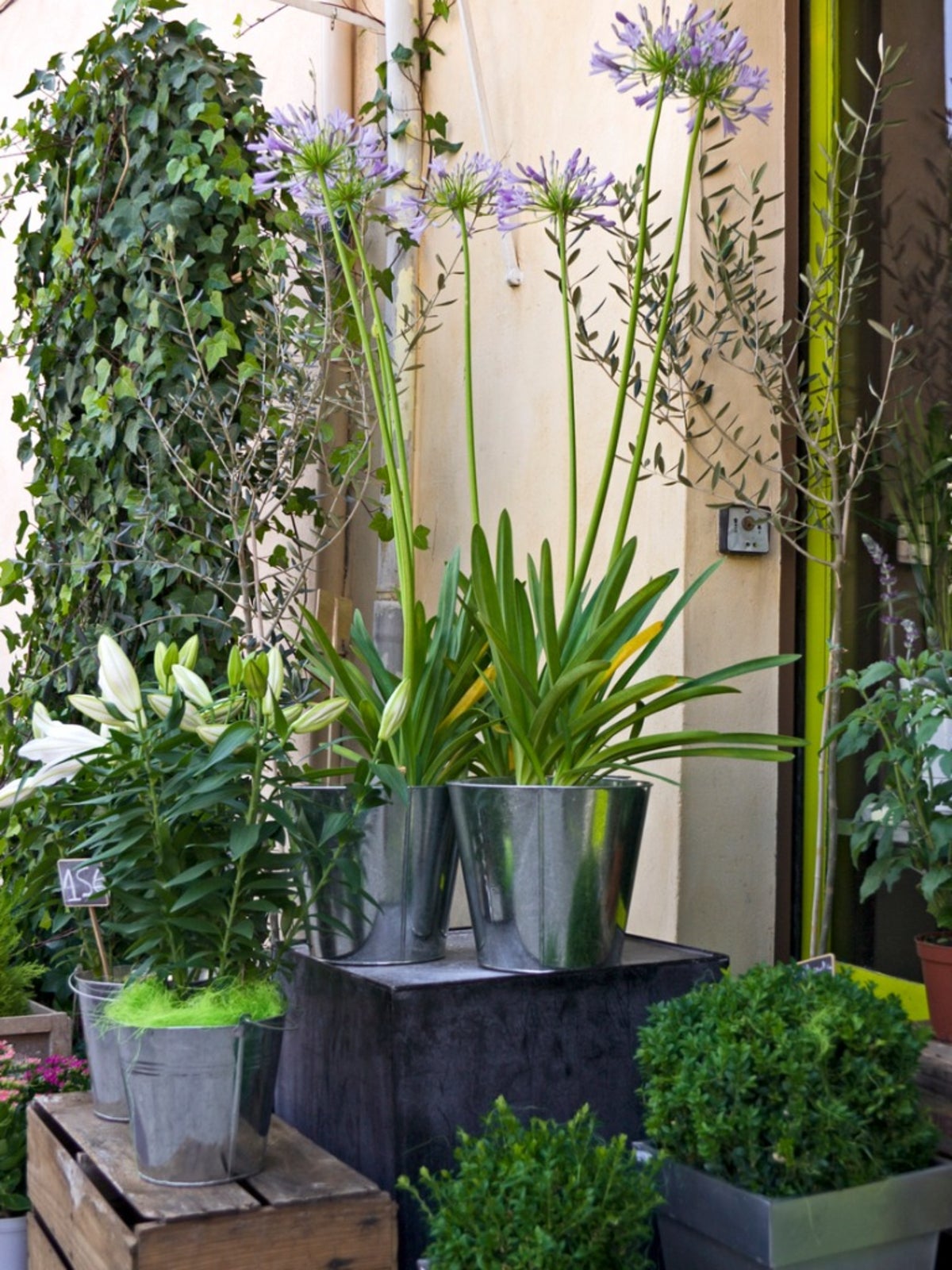 Agapanthus Container Planting: Can You Grow Agapanthus In A Pot
Agapanthus Container Planting: Can You Grow Agapanthus In A PotAgapanthus can be planted directly in the garden, but growing agapanthus in pots is very easy and worthwhile. Click the article that follows to learn more about planting agapanthus in containers and care for agapanthus in pots.
By Liz Baessler
-
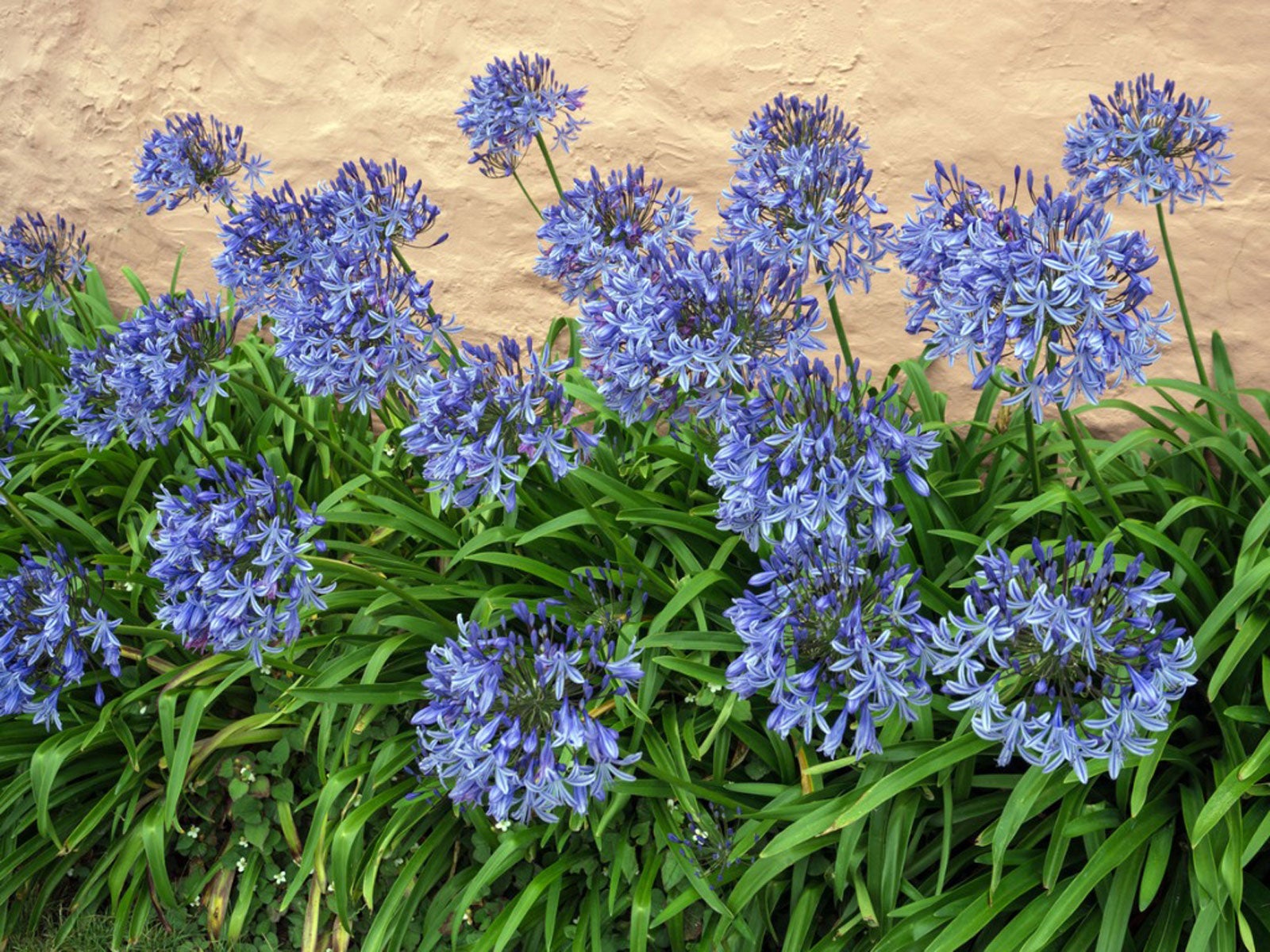 Dividing Agapanthus Plants: When And How To Divide An Agapanthus Plant
Dividing Agapanthus Plants: When And How To Divide An Agapanthus PlantYou can get extra plants by dividing and transplanting agapanthus. Learn more in this article so you can enjoy an endless supply of these flowers.
By Teo Spengler
-
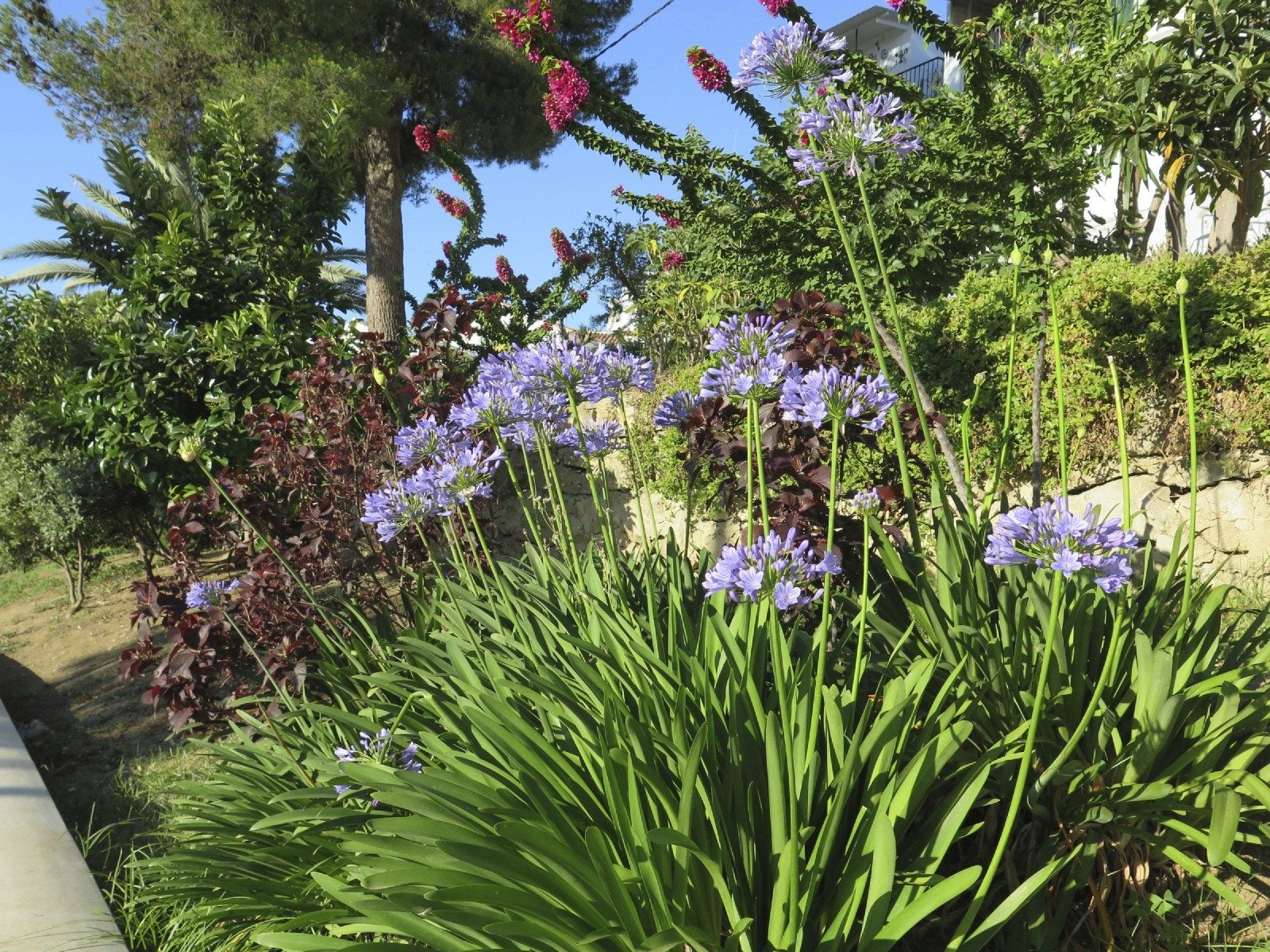 Companion Planting With Agapanthus: Good Companion Plants For Agapanthus
Companion Planting With Agapanthus: Good Companion Plants For AgapanthusAlthough you may be tempted to dedicate a flower bed to agapanthus, remember that agapanthus companion plants can complement these beauties. Click this article for information about plants that grow well with agapanthus.
By Teo Spengler
-
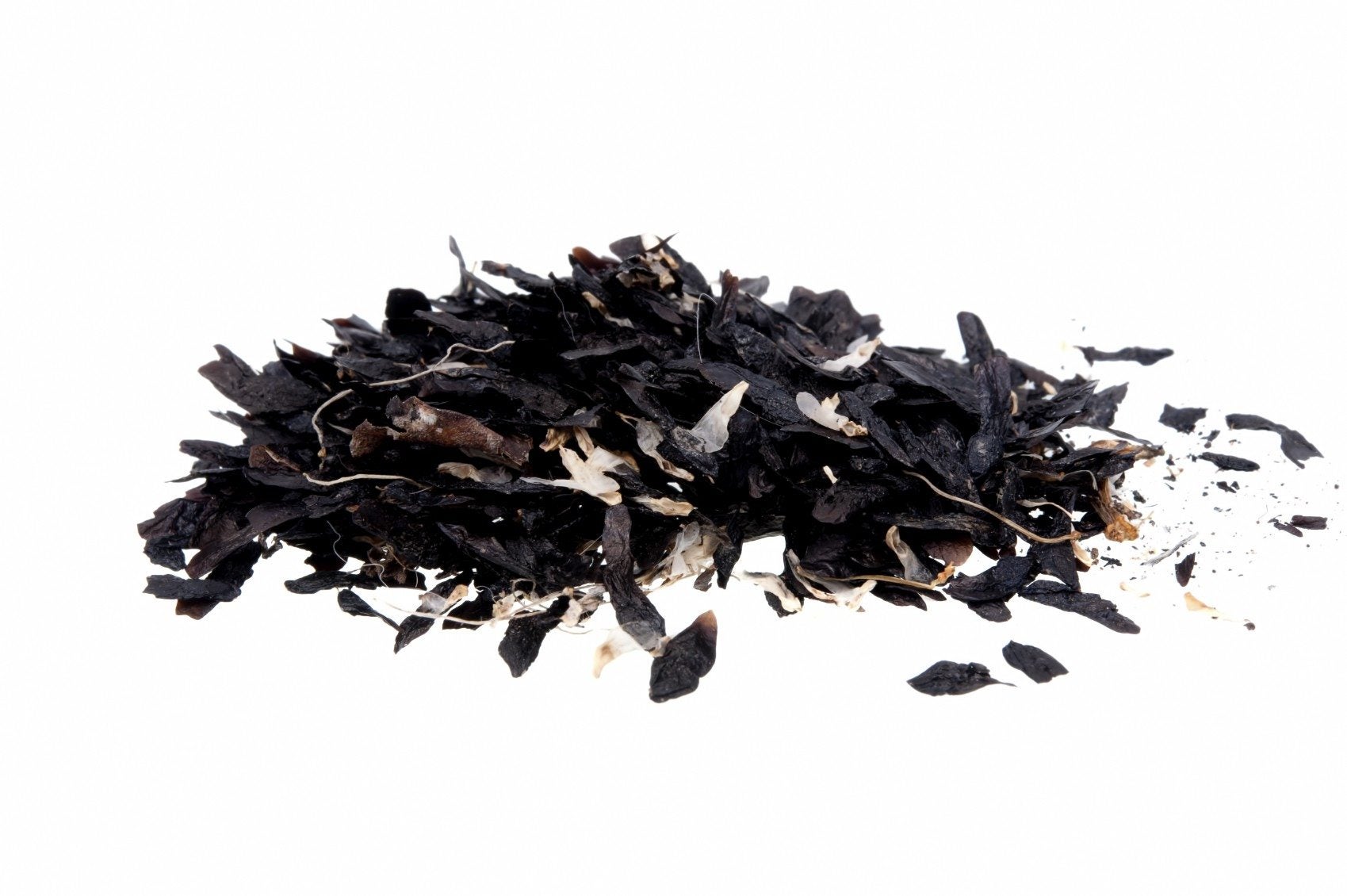 Agapanthus Seed Pods – Tips On Propagating Agapanthus By Seed
Agapanthus Seed Pods – Tips On Propagating Agapanthus By SeedAgapanthus seed propagation isn't difficult, but keep in mind that the plants likely won't produce blooms for at least two or three years. If this sounds like the way to go, read this article to learn about propagating agapanthus by seed, step by step.
By Mary H. Dyer